Cabbage prestige, external and taste characteristics of the variety, principles of cultivation and care, consumer reviews
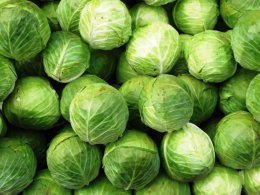
Prestige cabbage is a hybrid variety developed by domestic scientists. The culture is intended for industrial and home cultivation. To achieve a good harvest, you need to know some nuances and follow them during the planting and care process.
Content:
- Cabbage Prestige, variety description and photo
- Plant characteristics
- Advantages and disadvantages
- Planting, growing, care
- Reviews of cabbage Prestige
Cabbage Prestige, variety description and photo
The plant is classified as a hybrid species. The rosette is leafy, raised. The color is gray-green, there is slight blistering and plaque at the base of the leaf. There is slight waviness at the edges.
The length of the outer stalk is average; when ripe, the heads do not fall to the side. The growing season ranges from one hundred sixty to one hundred seventy days.
The cabbage heads are round in shape, the color of the heads of cabbage is white on the inside and green on the outside. Very dense (out of five, the density of cabbage is four and a half).
The weight of one cabbage in its mature form ranges from two to three kilograms; its dimensions are clearly visible in the photo.
It is impossible not to mention the taste; the heads are juicy, despite their elasticity and density.
Let's watch an interesting video about Prestige cabbage:
Plant characteristics
First of all It is worth mentioning the high yield. Approximately thirty-three to sixty-six tons are harvested from one hectare. There was a case when more than 70 tons were collected from one hectare.
The second point is the good germination of seeds, which is generally ninety-four percent.
Strong immunity to plant diseases, special resistance to Fusarium wilt, characteristic of other varieties of this crop.
Due to its high density, the vegetable can be subjected to long-term transportation and long-term storage. Under proper conditions, the variety can maintain a presentable appearance for seven months. The density also protects the heads from cracking, which can occur due to improper watering during periods of excessive drought.
For planting, only sandy, chernozem and light loamy soil types are used.
Advantages and disadvantages
The advantages include the following factors:
- in cooking can be used to prepare many dishes;
- high productivity;
- due to its density, it can be collected mechanically, stored and transported for a long time;
- good commercial data, marketable appearance;
- not susceptible to fungal and other plant diseases.
Among the disadvantages, one peculiarity is noted - it is impossible to collect seed material yourself.
Planting, growing, care
To obtain seedlings, seed is planted in early spring, in mid-March. The seeds are planted in a container with soil and wait until the cotyledons form. In the future, picking and transplanting into a greenhouse is carried out; it is necessary to use nutritious soil.
It is important to observe the temperature regime; for a greenhouse the temperature should be about plus 7 degrees.If the indicator is higher, the germination percentage will decrease significantly, and the quality of the seedlings will also suffer.
When the seedlings appear, after 2 weeks you can increase the temperature, during the day to plus 15 degrees, and at night to plus 10. It is important to maintain dry air and water the seedlings as needed.
A week later, repeated picking is carried out in separate containers, planting one or two plants at a time. Thanks to this manipulation, the root system is saturated with oxygen and strengthened.
Now the seedlings are hardened off; without this procedure, they will not be ready for planting in open ground. The seedlings are periodically taken outside, extending the time every day.
If hardening has been carried out and the seedling has at least 6 healthy leaves, plant it outside. This usually happens in early June. Planting is carried out in several rows, the distance between holes is 50 cm. The depth of the holes is about 30 cm.
Care instructions:
- Regular watering. To ensure juicy cabbage, you should constantly monitor the soil moisture.
- If there is no rain, then watering is carried out every third to fifth day.
- It is important not to take long breaks, especially during the development of the root system.
- A month before the start of harvesting, watering is stopped, this will help preserve the product.
To introduce fertilizers, you should adhere to the following scheme:
- the first fertilizing is carried out twenty-one days after the second picking, 60 grams of superphosphate and 200 grams of ash are used as fertilizers;
- after fourteen days, perform a second feeding using forty grams of nitrophoska;
- when heads of cabbage form, add superphosphate and organic matter;
- The last fertilizing is carried out one and a half months before the cutting of the heads, fertilized with chicken droppings and potassium sulfate.
After each fertilizer, watering is carried out.
Let's watch a useful video about growing cabbage:
Reviews of cabbage Prestige
It’s easy to find reviews about Prestige cabbage online. Let's list some of them.
Valentina writes on the dacha forum: I’m growing this variety for the third season, I’m very pleased. Long storage, high density and the ability to transport are the main advantages of Prestige cabbage. But the taste is average, there is cabbage that tastes better.
Zarina shared her impressions on the forum: Cabbage is great, especially for winter storage. I use it for preparing fresh salads, pickling, stewing and preparing first courses. The taste is juicy and sweetish. I recommend!
So, Prestige cabbage has been popular for a long time. If you want to eat fresh salads in winter, then this variety is what you need!


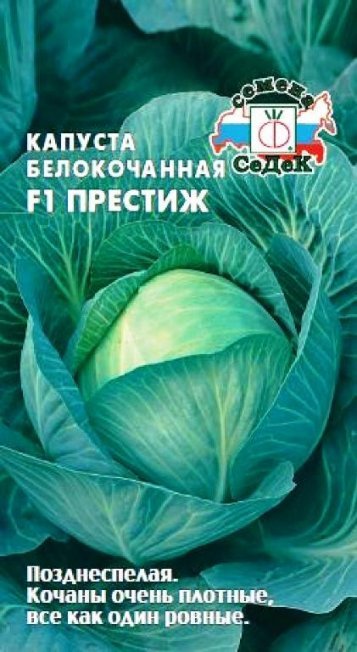
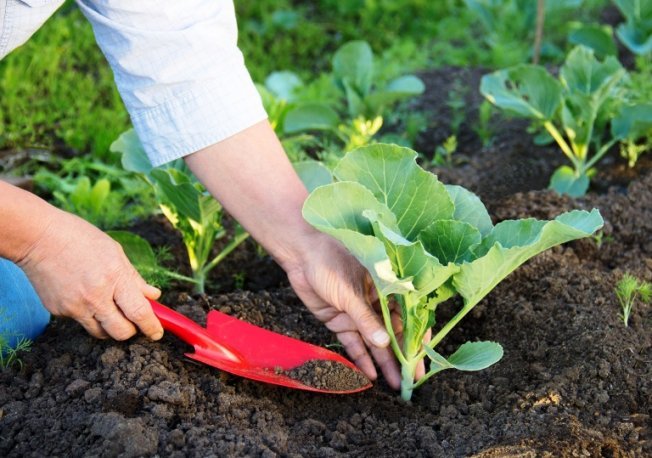
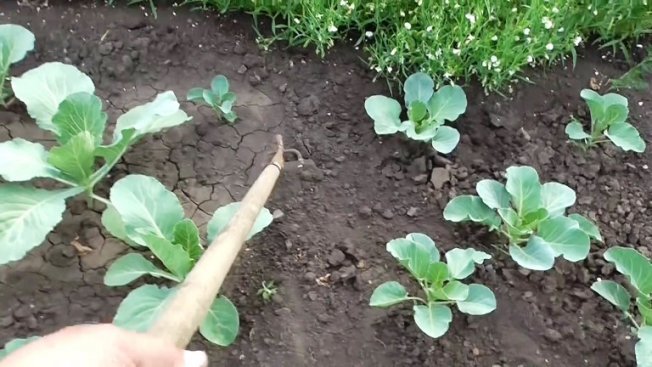
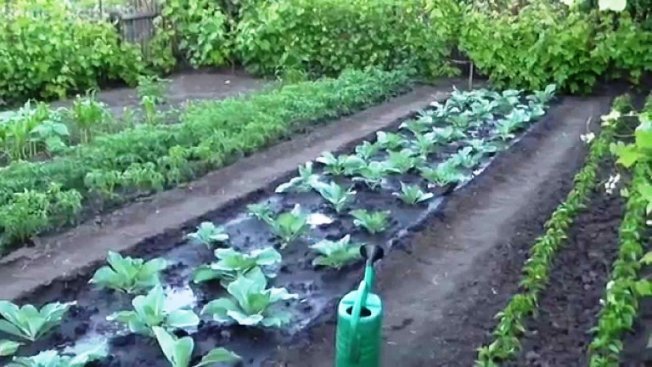

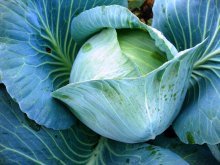
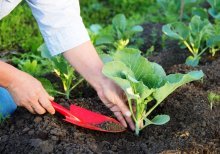
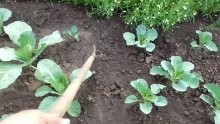
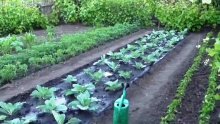
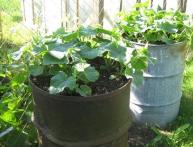
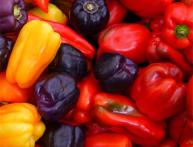
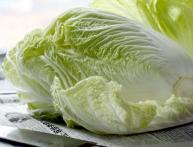

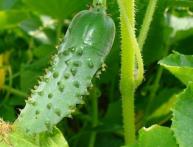
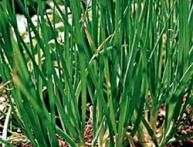
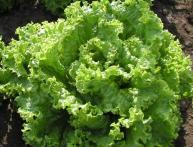
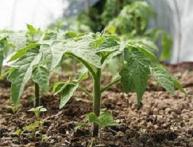
Comments
It’s not every year that I plant cabbage on my plot; I don’t always have free space; more often than not I just buy it from my neighbors. But I know this variety; it completely suits me in terms of yield and resistance to pests.